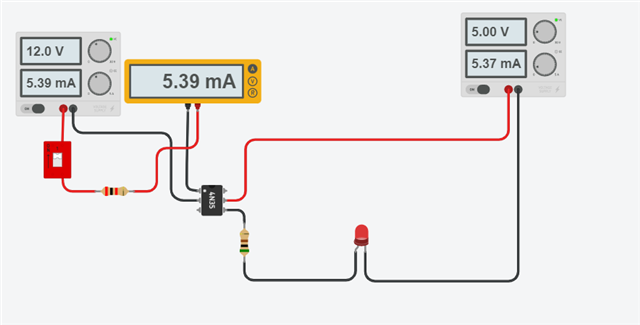Hi all,
So I'm doing some testing and part of it requires checking what happens when certain pins are open circuit, shorted to gnd and shorted to 12v right ?
historically this was done with single use fuses (2a) but I want to use something resettable
So I've identified one tthat trips on 0.5A and has a withstand lf 100A, but how or what do I use for a make break indicator??
In line led I don't think I'd see quick enough, a potential divider then an arduino to read the analogue voltage maybe?
- Struggling with this one

